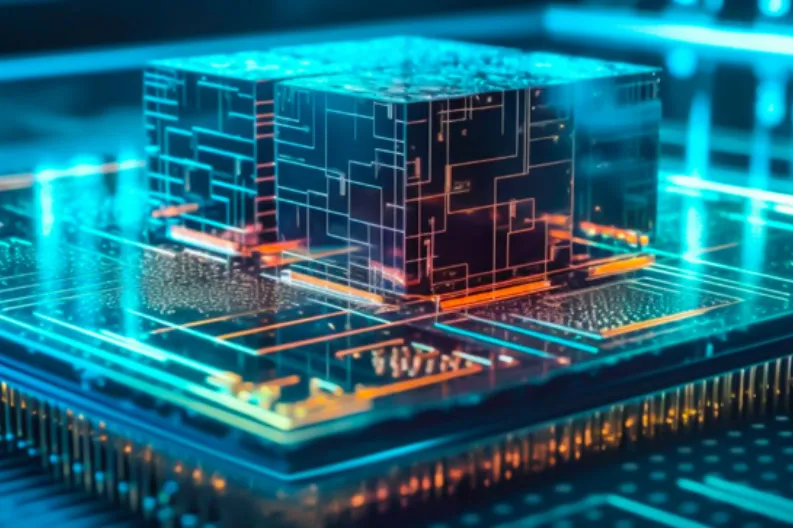3 Advanced computing and distributed systems
In today’s hyper-digital world, demand for processing power and data storage is on the rise. With more and more functions being performed digitally, data processing is becoming more complex and moving closer to the source. Reducing power consumption is a must in these scenarios.At CEA-List, we are investigating:
- Getting the full potential out of new microelectronic and nanoelectronic technologies to enable high-performance, ultra-low-power computing with the capacity to substantially reduce datacenter GHG emissions;
- Software-hardware co-design of computing architectures with the goal of integrating AI and other functions in SoCs at the network edge, close to the data source.
This research is backed by a European design platform created to speed up exploration and design of innovative computing solutions (see sidebar on DECIDE).The edge-to-cloud continuum is another pressing need driven by massive digitalization. We are tackling this issue through research programs on data collection and transmission from edge devices to local servers, or to the cloud. This will require advances in communication layer abstraction, orchestrator implementations, and data traceability and security mechanisms. Major projects OTPaaS and Data4IndustryX, mentioned on page 6, are addressing these specific challenges. The potential contributions of quantum-enabled approaches are raising new questions on computing, programming, compilation, and performance evaluation, as explained in the sidebar on the QLoop project on this page.

Over the past year, we produced three major results in quantum computing, embedded computing, and cloud-based high-performance computing (HPC):

